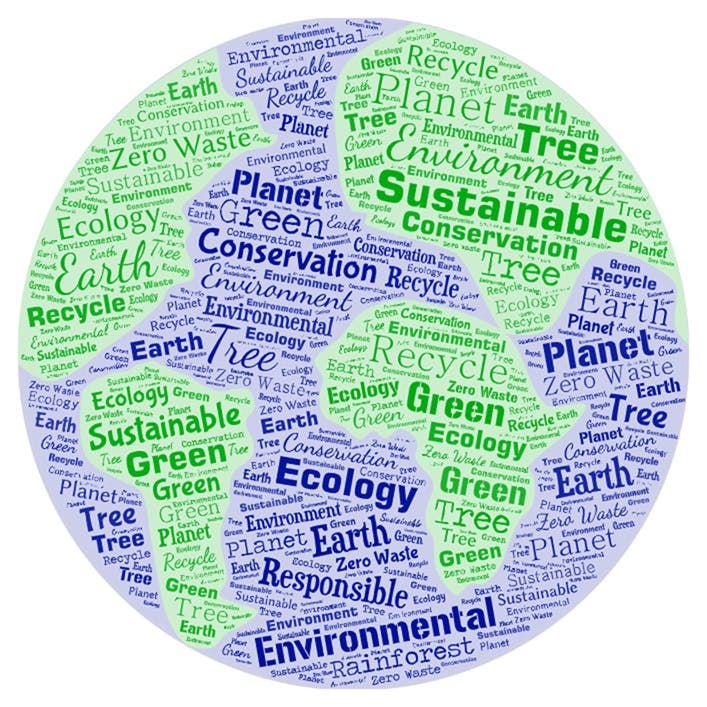You are a responsible homeowner and want to ensure you’re doing your part to save the environment. Congratulations on your commitment to sustainability!
Like millions of others, you pay close attention to water conservation and electricity use to help reduce both your carbon footprint and costly utility bills.
As consumers continue to push for more verifiable sustainable products, a host of green certification programs are helping people make responsible and educated consumer decisions.
Here is a look at some of the leading certification programs that can help you make sustainable purchases:
At the top of most consumers’ lists is Energy Star. Developed by the Environmental Protection Agency (EPA), Energy Star is the most widely recognized rating and informs people about the energy use of their favorite appliances and devices. The EPA also supports the WaterSense program for water-use efficiency.
Then you have another commonly seen certification – green-friendly Leadership in Energy and Environmental Design, better known as LEED. This certification considers air quality, noise pollution, energy savings, materials and other factors in developing a universally recognized rating system.
Among others, WELL is a health-focused certification designed to improve residents’ sleep patterns and other areas of well-being around the home. Then there is the Living Building Challenge, a rigorous certification specifically for self-sufficient buildings – structures that create more energy than they consume (like Seattle’s Climate Pledge Arena, the largest building in the world to be certified 100% carbon-free).
Many experts in the construction business suggest the Home Energy Rating System index is most relevant to today’s consumers, including home buyers and sellers. HERS has placed index scores on more than 1M homes on total energy efficiency. The lower the score, the lower the energy costs.
“When a home is enrolled in the HERS rating system, it delivers indisputable measured value as compared to the average new build,” says Jason Boyer, whose firm recently developed Karma, a modern community in Phoenix.
Before goods arrive at the home, consumers are now examining their origin and how items are produced. For example, several certification programs develop standards for forestry operators. These programs focus on the protection of biodiversity within forests, risks to water, species and wildlife, as well as ensuring harvest levels are sustainable.
Since wood is one of the primary materials in home construction, certifications for companies at the source can be important to our sustainability mission and the wishes of consumers. That’s where wood certification programs come in.
The most common program in the U.S. is from the Forest Stewardship Council, which covers some 370M acres of certified land worldwide. FSC is a non-profit group with a mission to “promote environmentally sound, socially beneficial and economically prosperous management of the world’s forests.” (I like the sound of that!)
The Sustainable Forestry Initiative is another non-profit organization; the SFI standard covers more than 350M acres of certified forests in North America and works with land owned and managed by private, public, academic, indigenous and conservation interests. The program aims to promote a grassroots movement that fosters community engagement and education.
The American Tree Farm System is the oldest land management certification system in the U.S. ATFS has a network of 74,000 tree farmers and about 19M acres of forested area. It is a network of “forest landowners, volunteer members of state and local entities, national and state government agencies, inspecting foresters” and other interested parties.
Bringing it back into the home, we have many other socially conscious labels to consider. They include the International Association for Research and Testing in the Field of Textile and Leather Ecology (or Oeko-Tex). It issues product-related labels that confirm the human and ecological safety and sustainability of both textile products and leather articles. Oeko-Tex looks for and limits different types of chemicals.
In addition, Declare Label takes an innovative approach to provide builders and homeowners with a transparent platform to make educated decisions regarding the building materials they plan to use in new construction or renovation projects. The organization’s website describes itself best, calling Declare Label, “The nutrition label for products.”
Sustainability certification programs play a crucial role in promoting environmentally responsible consumer choices and fostering a more sustainable future. Homeowners need to demand that products in the home meet their high standards as well as contribute positive environmental and social impacts. The Earth’s future is at stake.
RESOURCES
Check out our Green Fields Glossary of Terms – a perfect set of “green” real estate-related definitions in our changing world.
BuiltGreen is a resource for Western Washington consumers on aspects of building and upgrading a home sustainably.
This national database offers state-level information and tips when consumers consider a more sustainable home.
=========
This is the third installment in a four-part series for Earth Month. Check out the other stories:
Pushing Harder for Reducing Our Carbon Footprint in the Home
Navigating Carbon-Free Living: Insights for King County Residents




